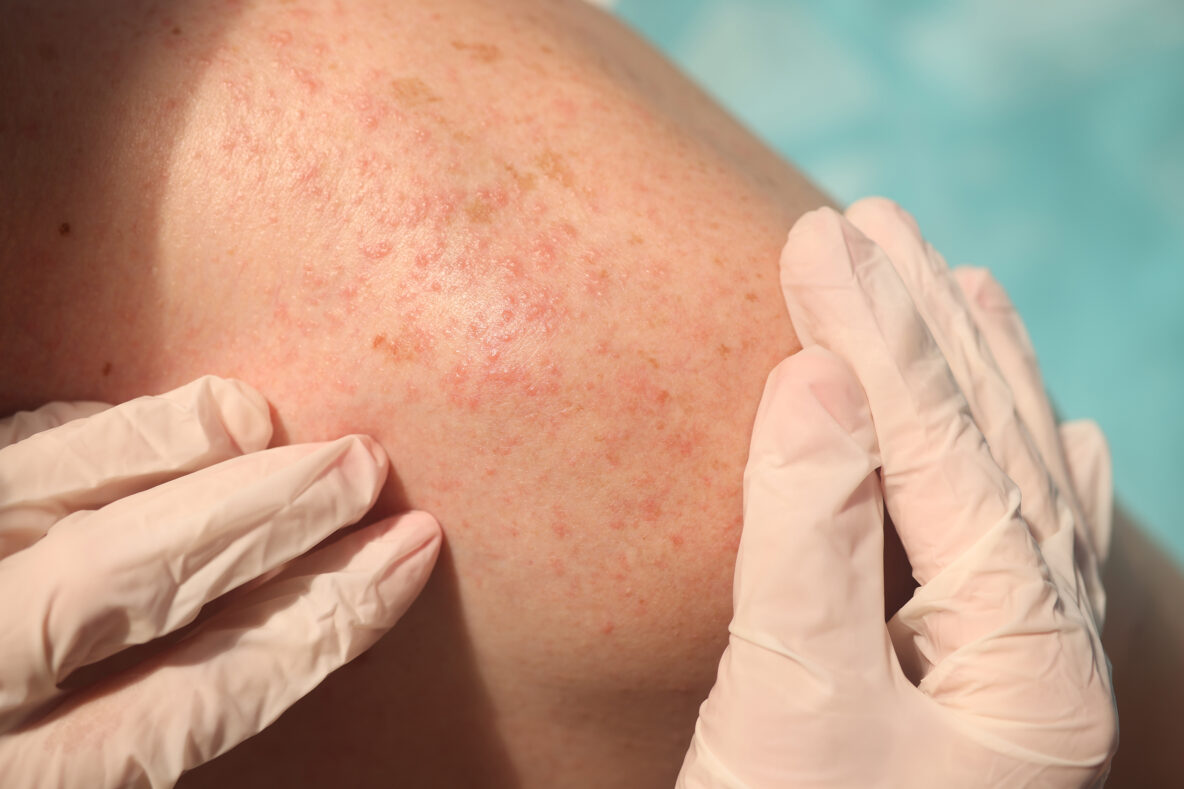Hives, medically known as urticaria, are a common skin condition characterized by raised, red, and itchy welts that can appear suddenly and disappear within hours. While often harmless, hives can be uncomfortable and distressing for those affected. Understanding the different types of hives and their causes is essential for effective management and relief. In this article, we’ll delve into the fascinating world of hives, exploring their various forms and shedding light on how to deal with them effectively.
Understanding Hives
Hives manifest as raised, swollen welts on the skin, which can vary in size and shape. These welts are typically accompanied by itching, burning, or stinging sensations. Hives can appear anywhere on the body and may come and go over the course of hours or days. While the exact cause of hives is often elusive, they are commonly triggered by allergic reactions, stress, infections, or underlying medical conditions.
Different Types of Hives
Did you know that there are a number of various types of hives? Here’s what you need to know about them:
Acute Hives
Acute hives are short-lived, typically lasting for less than six weeks. They are often triggered by allergic reactions to certain foods, medications, insect bites, or environmental factors such as pollen or pet dander. Acute hives may also be caused by viral or bacterial infections.
Chronic Hives
Chronic hives persist for six weeks or longer and can be more challenging to manage. While the exact cause of chronic hives is often unclear, they may be associated with autoimmune disorders, thyroid disease, or underlying infections. Stress and certain medications can also exacerbate chronic hives.
Physical Hives
Physical hives, also known as dermatographism or “skin writing,” occur in response to physical stimuli such as pressure, friction, or temperature changes. These hives typically appear shortly after the skin is exposed to the triggering factor and may last for minutes to hours. Physical hives are often benign but can be bothersome for those affected.
Cholinergic Hives
Cholinergic hives develop in response to increased body temperature, such as during exercise, hot showers, or emotional stress. These hives typically appear as small, itchy bumps and may be accompanied by sweating or flushing of the skin. Cholinergic hives are more common in young adults and tend to improve with age.
What You Need to Know About Hives
Hives, though often benign, can cause significant discomfort and distress for those affected. The sudden appearance of raised, itchy welts can disrupt daily activities and impact overall quality of life. Moreover, the unpredictability of hives can add an additional layer of frustration, as triggers may vary from person to person and even from one outbreak to another. Understanding the diverse nature of hives and their potential triggers is essential for effectively managing this common skin condition.
For many individuals, hives serve as a visible manifestation of an underlying immune response or allergic reaction. While acute hives may be triggered by specific allergens or environmental factors, chronic hives can pose a more significant challenge, requiring diligent monitoring and management strategies. By delving into the nuances of hives and recognizing the various types and triggers, individuals can take proactive steps to minimize symptoms and improve overall skin health.
Allergic Contact Dermatitis
Allergic contact dermatitis is a type of hives caused by direct contact with allergens or irritants, such as certain metals, plants, or chemicals. The rash typically appears at the site of contact and may be accompanied by itching, redness, and swelling. Avoiding the triggering allergen is essential for preventing recurrent outbreaks of allergic contact dermatitis.
Managing Hives
Treatment for hives depends on the underlying cause and severity of the condition. Over-the-counter antihistamines can help alleviate itching and reduce inflammation associated with hives. In severe cases, oral corticosteroids or prescription antihistamines may be necessary to control symptoms. Identifying and avoiding triggers is crucial for preventing recurrent outbreaks of hives.
Strategies for Relief and Management
Hives are a common skin condition that can manifest in various forms, from acute allergic reactions to chronic, persistent rashes. Understanding the different types of hives and their causes is essential for effective management and relief. By identifying triggers and adopting appropriate treatment strategies, individuals can minimize discomfort and maintain healthy skin. Consulting a dermatologist is recommended for persistent or severe cases of hives to determine the underlying cause and develop a personalized treatment plan.
